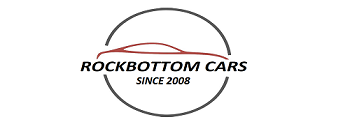Car service, also known as routine or scheduled maintenance, involves regular check-ups and servicing to ensure a vehicle runs smoothly and efficiently. It includes a series of inspections, adjustments, and replacements based on manufacturer recommendations. Regular car servicing is crucial for maintaining a vehicle’s performance, longevity, and safety.



MAINTENANCE
Car maintenance encompasses a range of tasks to keep a vehicle in good working condition and prevent unexpected issues. Regular maintenance includes checking and replacing fluids, inspecting tires, brakes, and lights, and ensuring the battery and filters are in good shape. It’s also important to address any unusual noises or warning lights promptly.
- Lights: Ensure headlights, taillights, brake lights, and turn signals are functioning correctly.
- Wiper Blades: Replace worn wiper blades for clear visibility in rain or snow.
- Air Filter: Replace the engine air filter regularly to maintain optimal engine performance.
- Cabin Air Filter: Replace the cabin air filter to ensure clean air inside the vehicle.
- Battery: Check terminals for corrosion and ensure proper mounting.
- Belts and Hoses: Inspect for wear and damage.



DIAGNOSIS
A car diagnostic will check the health of your vehicle. The process primarily relies on the car’s onboard computer system (electronic control unit, or ECU for short), which constantly monitors various functions and stores error codes when something goes wrong.
Diagnostic Testing Process
Conduct a road test to observe any warning light on the vehicle dashboard and replicate the reported problems. Next, use specialised diagnostic tools, such as an OBD-II scanner, to perform a diagnostic check and retrieve error codes from the vehicle’s onboard computer.
